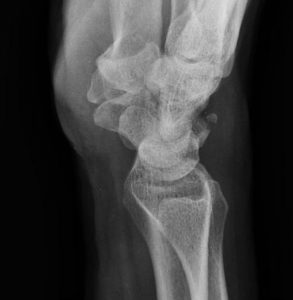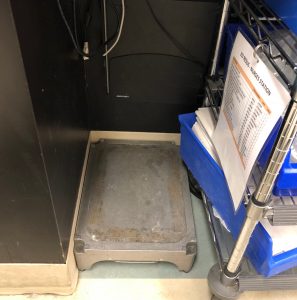LET gel, a combination of 4% lidocaine, 0.1% (1:1000) epinephrine, and 0.5% tetracaine in a methylcellulose gel, is commonly used as a topical anesthetic for the repair of skin lacerations, especially in children. It often eliminates the need for injected local anesthetic, but also alleviates the discomfort associated with lidocaine injection when it is required. But it is also useful in several other situations.
Intra-oral lacerations: While we don’t typically repair intra-oral lacerations, when a laceration is large enough or deep enough to need repair, LET is a pain-free alternative to a local infiltration or a nerve block. Apply LET to a folded 4×4 and have the patient hold or bite down on the gauze with the LET against the laceration. Come back in 10-15 minutes and the patient should be sufficiently anesthetized. The area that is anesthetized will have a slightly white/blanched appearance due to the epinephrine.
Burns: LET on small partial-thickness burns can provide good (though temporary) pain relief and is an alternative to opiates. If the skin is intact, you can consider EMLA cream instead, though EMLA can take up to an hour to provide effective analgesia.
Bartholin cyst abscess: Injecting lidocaine into the vulva is painful. Consider LET instead. Apply to gauze or tegaderm and tape it in place prior to draining the abscess.
A cautionary line:
Many of the applications mentioned above are to mucous membranes, which, while effective, is not generally recommended due to increased lidocaine absorption via mucous membranes. Absorption in lacerations on intact skin is limited both by the laceration size and by epinephrine-induced vasoconstriction. It is certainly more readily absorbed across (intact) mucous membranes, so you should be cautious in how much you apply, but multiple respected attendings I spoke to have vouched for its relative safety. Also, our LET comes in 3mL syringes or ~135mg lidocaine, which, for anyone over 20kg, is less than the “maximum safe dose” of 7mg/kg even if it were entirely absorbed.
Bonus mini-pearls:
- A fracture of the triquetral bone is the 2nd most common carpal bone fracture after scaphoid fractures, and is also frequently missed. Triquetral avulsion fractures can result from falling on a hyperflexed wrist, and are best seen on lateral wrist films. Treatment is a volar splint.
- RN Mo would like to remind everyone that there is a stepstool in Resus for use during codes. In addition to saving your back, it will help you do more effective compressions. Remember to use it, and please do not remove it.


